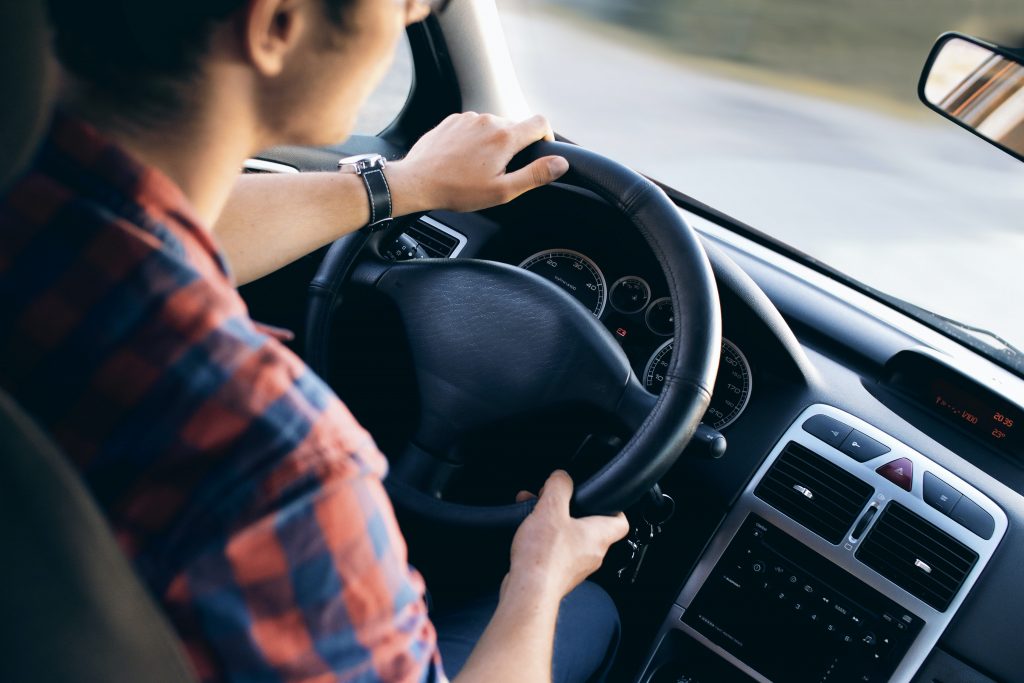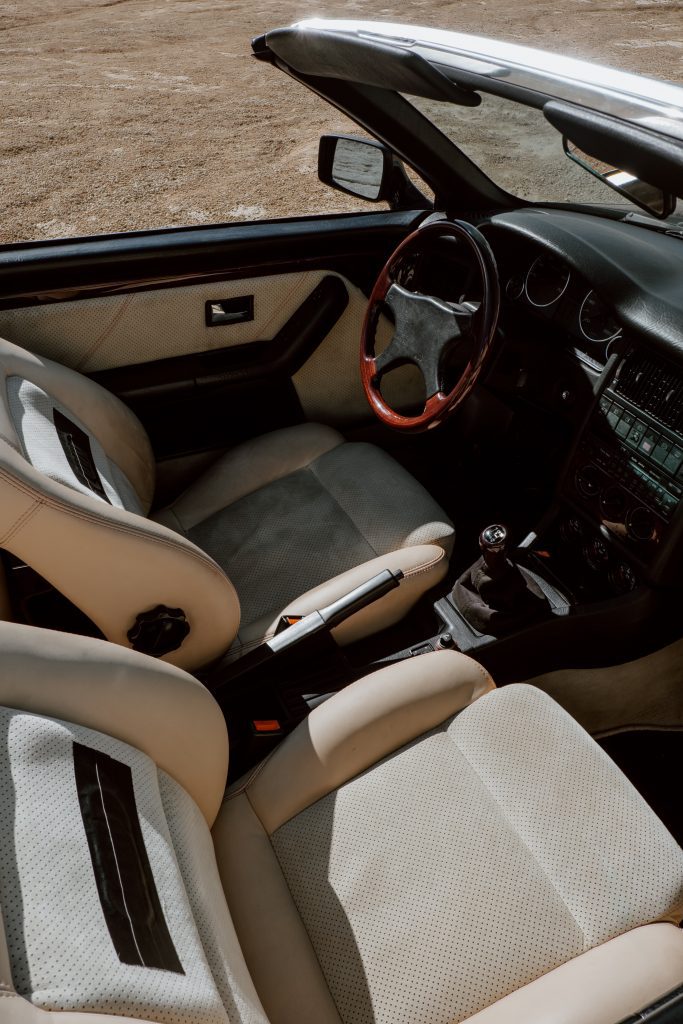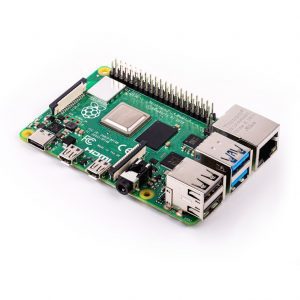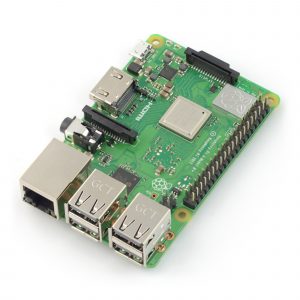Table of Contents:
Nowadays, it is no secret that the automotive industry is ruled by electronics, and the best proof of this state is the fact that the production of some car brands has been suspended as a result of the semiconductor meltdown that hit the world of electronics in 2021. However, motorists who want to enjoy modern gadgets are not condemned to buy the latest models of top cars, what’s more – they can even resign from the devices available on the market in favour of building their own solutions, much cheaper and certainly providing much more satisfaction.
This time on our blog we will discuss the topic of installing Raspberry Pi as a multimedia “on-board computer” in any older generation car.

Raspberry Pi in a car – key challenges for the designer
The Raspberry Pi minicomputer has all the necessary equipment “on board” to operate as a multimedia entertainment centre – large RAM, a powerful processor with several hundred megahertz GPU and one or two HDMI ports allow you to play movies, music or browse the Internet. The minicomputer board itself though, is not adapted to work in quite a difficult environment, which is the interior of a car.
Although while driving in an air-conditioned cabin the conditions are close to room temperature, when parked in a sunny car park or on a cold winter night, the temperature fluctuations can be really surprising. Therefore, the first aspect to consider when planning the installation of a Raspberry as a car radio is the appropriate casing and its mounting in the cabin space. It is worth to take care about external casing with relatively high level of tightness (to protect against moisture), not forgetting about internal cooling system – a good solution may be to use metal casing, thermally connected with Raspberry heatsink.
Another important aspect is protection against vibrations caused by the engine work and overcoming uneven terrain can effectively shorten the time of failure-free operation of the miniature computer, hence the use of special vibration absorbers, widely used e.g. in optical drives of computers, can be particularly valuable.
Power supply and connection of external devices
Another important aspect to consider when wanting to use a Raspberry Pi as a car radio is the power supply issue. Although the nominal voltage is 12 V in a car installation, you should expect significant voltage fluctuations due to such factors as engine start-up, use of vehicle lights or battery discharge process. Therefore an appropriate DC/DC converter will be necessary, providing sufficient current capacity (preferably about 3 A) and equipped with additional surge protection, e.g. in the form of transil, connected in parallel to the input of the converter. Do not forget also a separate fuse, separating the inverter from the battery.
Any connections with external devices – e.g. one or two HDMI screens, an audio system, or a USB port for connecting a flash drive with multimedia files – should be made with appropriately laid and protected cables and sockets. Some manufacturers offer connectors with a high level of tightness, although appropriately selected cable grommets may prove to be an equally good solution.
What can a Raspberry Pi be used for in a car?
The latest, fourth generation of the Raspberry is equipped not with one, but as many as two HDMI outputs (micro size), which allows the connection of two independent high-resolution screens – one of them should be placed in the driver’s field of vision, in the area of the dashboard, while the other can be installed, for example, on the headrest of the driver’s or passenger’s seat, allowing the rear-seat passengers to use Internet resources or watch films during a long journey. When not driving, the driver can use the front screen to, for example, check emails, view news on favourite websites, watch a short film or make a teleconference call.
It is also worth mentioning that the Raspberry Pi can be used to play internet radio or podcasts from streaming services – however, given the huge potential of the Raspberry Pi, this is only a fraction of the potential applications.
How useful was this post?
Click on a star to rate it!
Average rating 5 / 5. Vote count: 1
No votes so far! Be the first to rate this post.























